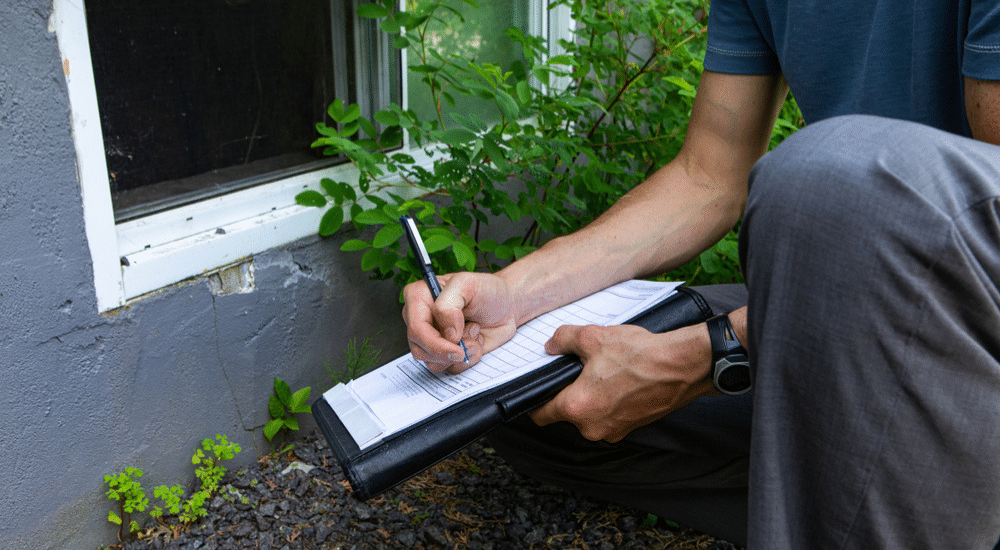In my field of work, an air quality testing home inspection is a service many people ask about. It’s understandable—the home is meant to be a place that keeps you safe and healthy. If you’re constantly getting sick or the air in your home just doesn’t feel right, this is a tall ask. Indoor air pollution is one of the biggest reasons for this.
The biggest problem tends to be the fact that you can’t tell if your air is clean or not. It’s guesswork at best. That is why air quality testing home inspections are in high demand—especially in homes with young children, pregnant women, or older folk.
Here, our number one goal is to identify any contaminants in your air, which include fumes, biological pollutants and particulates. Given the products we use at home and certain building materials and conditions, these can really rack up.
At the end of the day, it’s a silent thief that can have a major impact on your health without you even realising it. That’s why, in this post, I’m going to outline what us building biologists try to achieve with air quality inspections.
Find out how clean your indoor air is
This is, naturally, the number one reason why homeowners seek out these kinds of assessments. If your air is not clean, you may be at the receiving end of various health conditions. I’m talking illnesses like cancer, headaches, respiratory diseases, fatigue, and allergic reactions, to name just a few.
In my opinion, regardless of whether you are immunocompromised or not, or particularly vulnerable, being proactive about your indoor air is important.
No matter how good your home looks or how dedicated you are to feng shui, if your indoor air is not as clean as it should be, there’s no point! Luckily, air quality testing home inspections can shed light on this.
Find out what you can do to maintain cleaner and purer air
The best part of many of these inspections is that you get an idea of what you can do to make your home a truly healthy space.
Many of us do our best to keep our spaces clean and healthy, but sometimes, we tend to be a little misguided about what we do. If you, for instance, spray artificial air fresheners or light candles or incense sticks, these can lead to indoor air pollution!
When you have your home assessed via an air quality testing home inspection, you may be able to find out what you’re doing wrong and what you can do to keep your air free of contaminants.
As part of this assessment, you may be asked to share details about what kind of cleaning products you use, which, again, can shed light about what’s in your air and whether it’s good for your health.
Find out if your home is plagued by mould
Something else you may be able to uncover as part of an air quality testing home inspection is whether your space is affected by mould. This is because mould can contribute significantly to the quality of the air you’re breathing!
When we sweep your house to investigate what’s affecting your air, mould is something we look for. In many cases, homeowners don’t know they have a mould problem until we do an indoor air quality assessment.
While mould is in itself an issue with its own dangers and ways of addressing it, it can also be part of a broader issue you have with the air in your home. Identifying it is crucial before you start suffering from more chronic health conditions.
Create a healthy and enriching space via an air quality testing home inspection
The average Australian spends around 90% of their time indoors. While we often worry more about the air outside, what’s inside often proves to be more concerning.
Regardless of how your space looks or how clean you think it is, it doesn’t hurt to have an air quality inspection done. If there’s something you can do about it, I’m guessing you’d choose to keep your space as healthy as possible.
At Building Harmony, this is exactly what I help you do.

